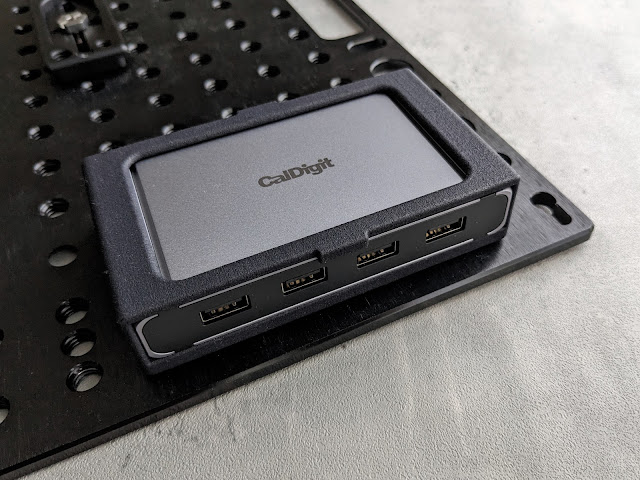Split it up.
.png) |
IEC-C7 design standard. |
IEC-C7 cables, sometimes referred to as "figure 8" cables or just "C7". Most likely you've got several in your kit. Typically for use with battery chargers and power supplies and come in 3 or 6ft in length. but that's often more than you need which can be a time suck wrapping and unwrapping them on set.
Problem meet solution:
Long ago I started splicing together two C7 cables to save space, weight and time. This meant no more wrapping and unwrapping each one a couple times each day. Having the tools and know-how made it easy. It also allowed me to make use of what I had on hand without creating more e-waste. I made them the length I wanted so I didn't have to deal with the 3-6ft cables that are provided with many things when 1ft would work for me. Not relying on cube taps or power strips helps to simplify things as well.Understandably, many are afraid or unwilling to tackle basic electrical work. If you're in the same boat that's where these premade split C7 cables come in. Or you can just get a split adapter for your existing cables if you don't need shorter options. (Im dealing with the standard North American outlets and showcasing those connection but much of what I speak of can be found or done for other countries outlets as well.)
But it doesn't end there. Split cables can be found in almost any combination you could need. Having the right combination or length can help clean up your cart or rack case build without fighting to have proper cable management with zip ties or Velcro straps. Also, many don't realize that standard cables like the C5, C13 can be had in nearly any length, color or angled ends that you could think of.
This C14 to C13 + NEMA 5-15R would make it easy to power a monitor and wireless receiver with a much cleaner setup.
And this C14 to 2 x C13 splitter is great way to simplify things if you run dual monitors on one stand or need two chargers or power supplies with only one cable.
If you poke around the two links below you can see the multitude of options. There's even adapters to convert one to another like this that could end up saving your butt.
- IEC-C5
- IEC-C13
But if you're into DIY, having a some wire strippers, heat shrink, and butt splice connectors can allow you to make or modify cables exactly how you'd like. Just know that if you're in North America a general rule of thumb would be that any adapters you're making/modifying shouldn't exceed 15A/1800W total load and you should also keep the wire gauge in mind. 16AWG is acceptable for lower wattage things and C7. 14AWG should be used with anything relying on C14/13.
If you would like to support the efforts of the blog you can donate here or here.











